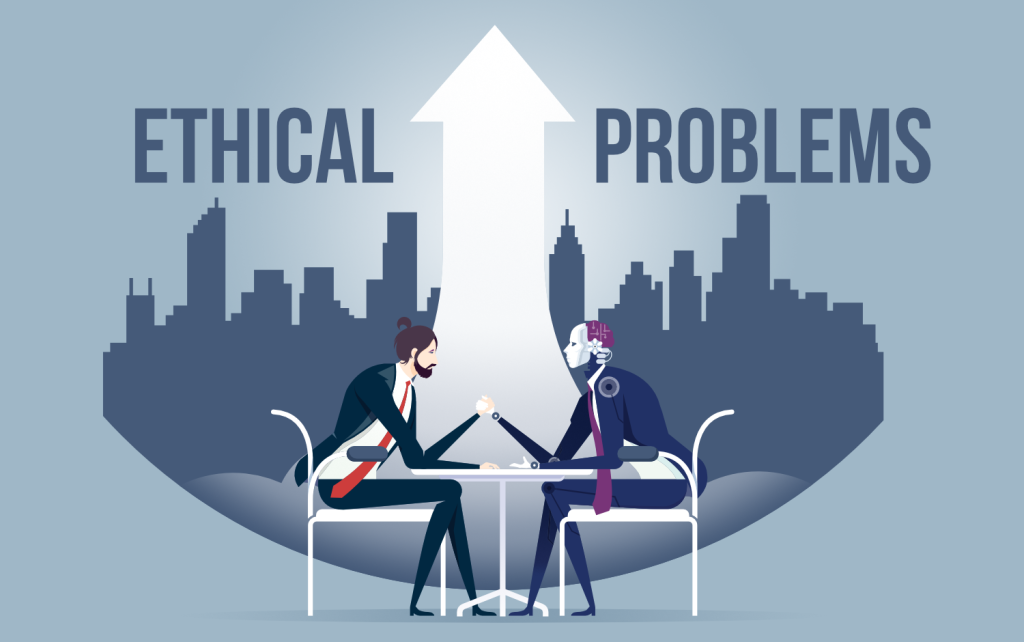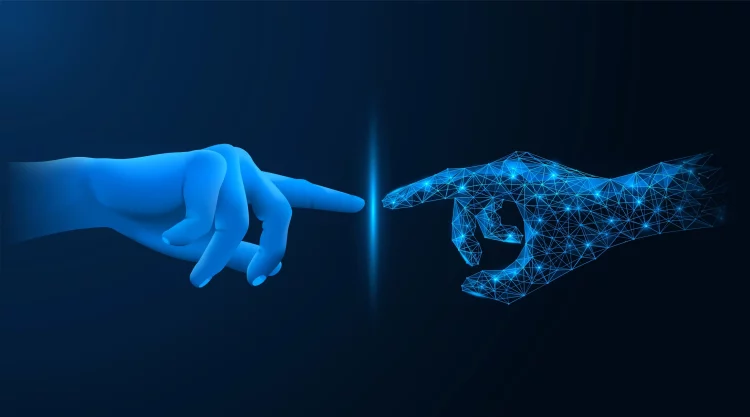In the Realm of Innovation and Integrity
The corridors of OpenAI have been buzzing with a profound internal debate that treads the fine line between the imperatives of transparency and user retention. According to a report from The Wall Street Journal dated August 4th, the anti-cheating initiative has simmered within the organization for approximately two years, with preparation for its release stretching close to a year. The conversation has involved none other than Sam Altman, the CEO, and Mira Murati, the CTO of OpenAI. Altman, a proponent of the project, has encouraged the tool’s development without pushing for its immediate release.
A Divide between Transparency and User Retention
OpenAI faces a conundrum, seeking to balance its commitment to transparency against the reality of user loyalty. A survey directed at ChatGPT users unearthed that nearly one-third might abandon the service if anti-cheating measures were implemented, especially if competitors lacked such technologies.
A Spokesperson Weighs In
An OpenAI spokesperson has raised concerns about the disproportionate impact such a tool might have on certain groups, such as non-native English speakers. “The text watermarking method we are developing is technically promising, but we are assessing significant risks while exploring alternatives,” the spokesperson noted. Proponents within the company have argued that the potential benefits of such technology far outweigh the ongoing disputes.

Innovation Undercover: The Watermark Technology
ChatGPT’s ability to predict the subsequent tokens in a sentence is well-known. The anti-cheating tool OpenAI has developed is said to subtly alter the token selection process in a way that leaves a watermark – invisible to the naked eye but detectable by OpenAI’s technology. Internal documents claim an efficacy rate of 99.9% when ChatGPT generates sufficient text. Tests conducted earlier this year have shown that the watermarking does not impede ChatGPT’s performance.
Concerns and Countermeasures
Yet, there are concerns among OpenAI staff that these watermarks could be effaced with simple techniques, such as translating the text into another language and back, or by the insertion and subsequent removal of emoticons by ChatGPT.

Access and Applicability: The Who of Enforcement
A prevalent concern at OpenAI is the decision of who gets to wield this detector. Too few hands, and the tool loses its purpose; too many, and the watermark risks being decrypted. Discussions have included directly offering the detector to educators or third-party companies to assist schools in identifying AI-generated essays and plagiarism.
The Genesis of the Watermark Discussion
The initiation of the watermark tool discussions predates the launch of ChatGPT in November 2022. By January 2023, OpenAI had released an algorithm intended to sniff out AI-generated texts, but it hit a success rate of merely 26%. Seven months thereafter, OpenAI shelved the project. Meanwhile, as reported, external companies and researchers are also forging tools to detect AI-created texts, with varying success rates and the occurrence of false positives being noted by educators in the field.


















































Discussion about this post